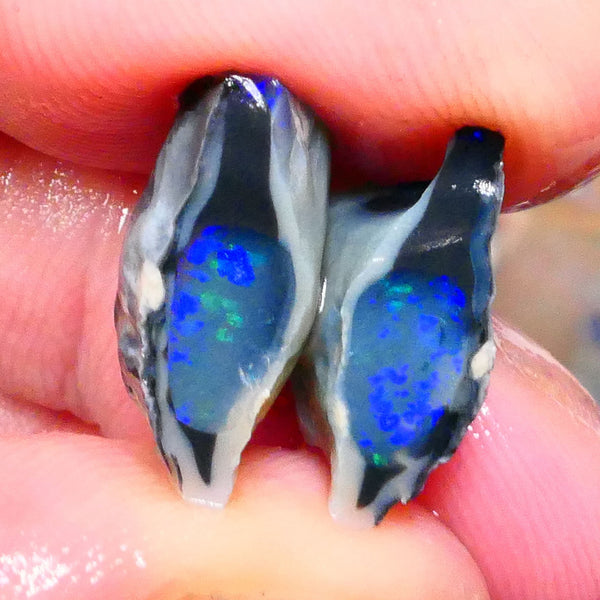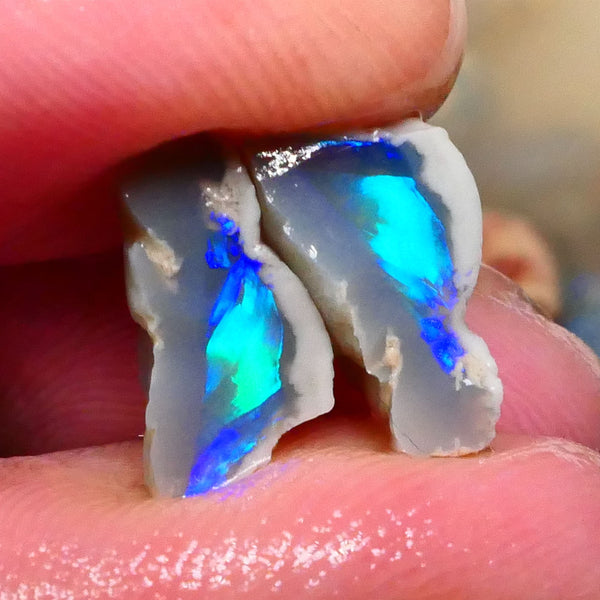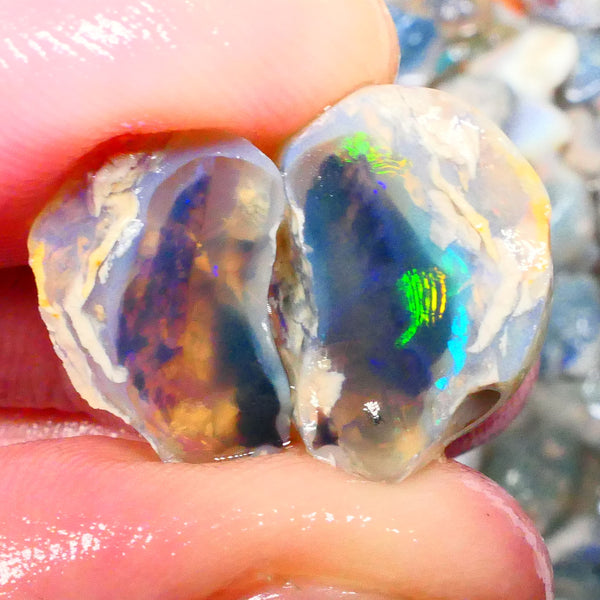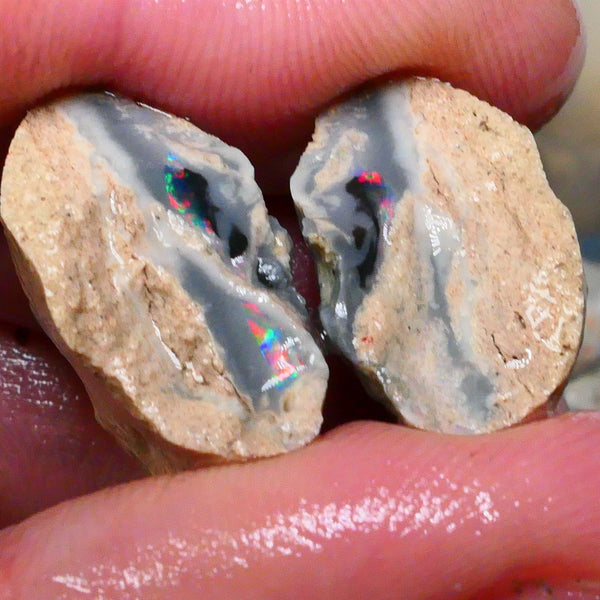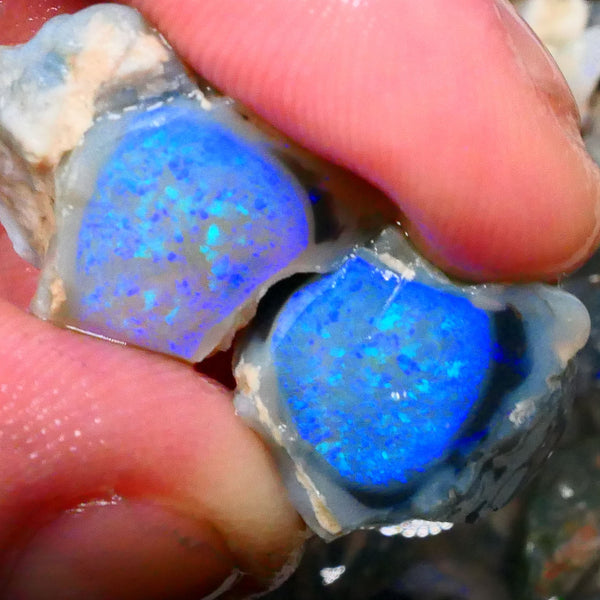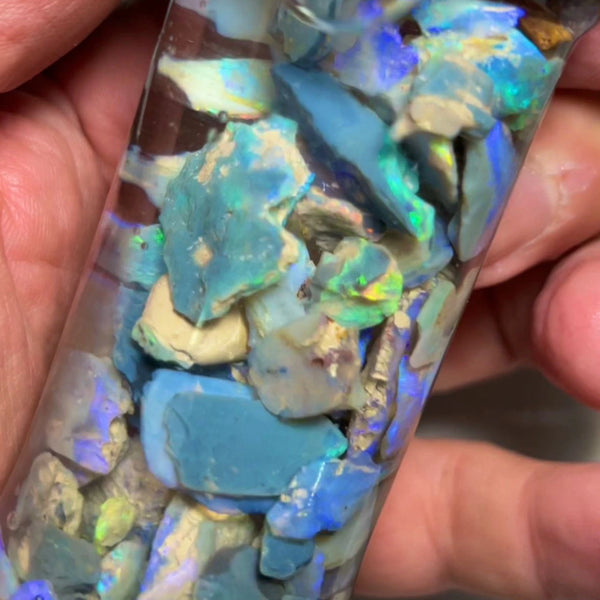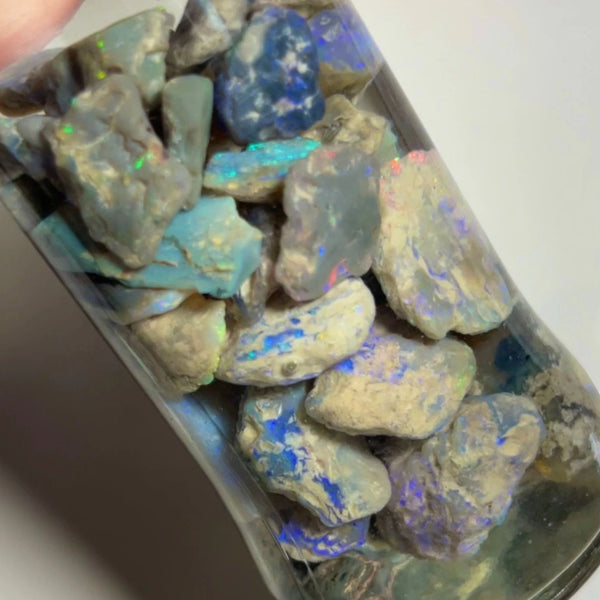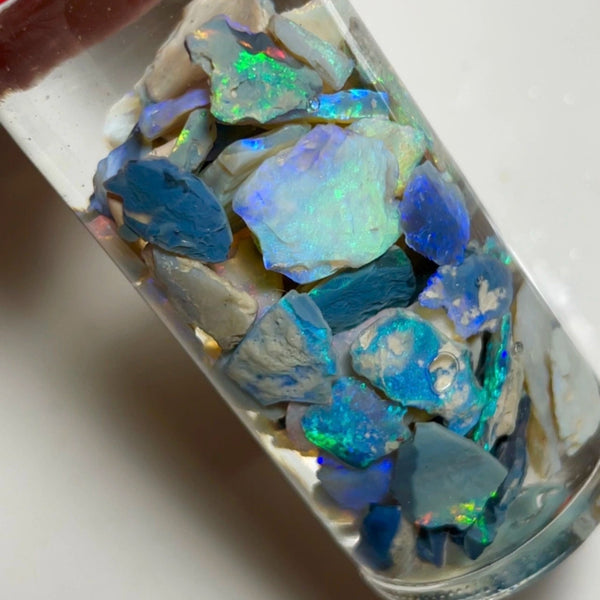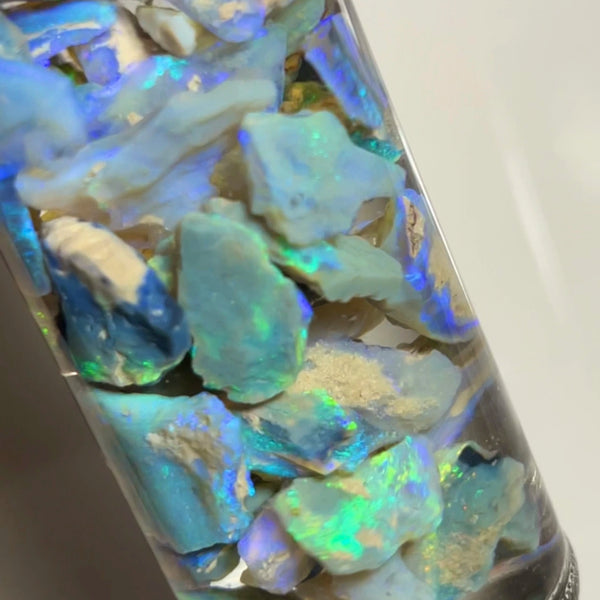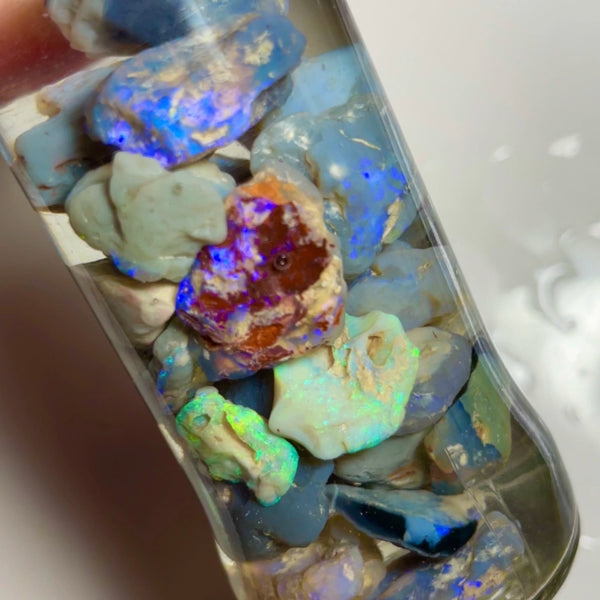Australian opal is a mesmerizing gemstone that has captivated people for centuries. Its unique play of colors and stunning patterns make it one of the most sought-after gemstones in the world. But have you ever wondered how this beautiful gemstone is formed? In this blog post, we will take you on a journey to discover the ancient natural formations of Australian opal.
What is Australian Opal?
Australian opal is a type of opal that is found exclusively in Australia. It is known for its vibrant colors and distinctive patterns, which are a result of the way it is formed. Unlike other gemstones, opal is not formed through geological processes like heat and pressure. Instead, it is formed through the interaction of water and silica.
Where is Australian Opal Found?
Australian opal is primarily found in the arid regions of Australia, particularly in the states of New South Wales, Queensland, and South Australia. The most famous opal mining town in Australia is Coober Pedy, located in South Australia. This remote town is known as the "Opal Capital of the World" and attracts opal enthusiasts from around the globe.
How is Australian opal different?
Australian opal is renowned for its exceptional quality and variety of colors. This is due to the unique geological conditions found in Australia. The opal deposits in Australia were formed around 100 million years ago, during the time when dinosaurs roamed the Earth. The ancient inland sea that covered parts of Australia provided the perfect environment for opal formation.
What is the Great Artesian Basin?
The Great Artesian Basin is the largest and deepest artesian basin in the world. It stretches across four Australian states: Queensland, New South Wales, South Australia, and the Northern Territory. This ancient water source is estimated to be around 2 million years old and contains water that fell as rain during the time of the dinosaurs.
How is Australian Opal Formed?
The formation of Australian opal begins millions of years ago when Australia was covered by an inland sea. As the sea gradually receded, it left behind a layer of silica-rich sediment. Over time, this sediment hardened and formed what is known as the opal-bearing rock.
As rainwater seeped through the rock, it dissolved silica from the surrounding rocks and carried it down into the cracks and cavities. Over thousands of years, this silica-rich water evaporated, leaving behind deposits of silica. These deposits eventually solidified and transformed into opal.
What are the factors that contribute to opal formation?
Several factors contribute to the formation of opal:
- Water: Opal is formed when water containing dissolved silica seeps into the ground. The water acts as a carrier for the silica, allowing it to reach the cracks and voids where opal forms.
- Temperature and Pressure: The temperature and pressure conditions in the ground play a crucial role in opal formation. The right combination of these factors allows the silica to solidify and form opal.
- Time: Opal formation is a slow process that takes millions of years. Over time, the silica deposits build up and harden, eventually becoming opal.
Types of Australian Opal
Australian opal comes in a variety of types, each with its own unique characteristics. The most common types of Australian opal include:
- White Opal: This type of opal has a light body color with flashes of color.
- Black Opal: Considered the most valuable type, black opal has a dark body color with vibrant flashes of color.
- Boulder Opal: Boulder opal is formed in ironstone boulders and often has a thin layer of opal on top.
- Crystal Opal: Crystal opal is transparent or translucent and has a play of color within the gemstone.
How are opal deposits mined?
Opal deposits are typically found in underground mines. Miners use specialized equipment to extract the opal-bearing rocks from the ground. Once the rocks are brought to the surface, they are carefully examined and processed to extract the opal. This process requires skill and expertise to ensure the opal is extracted without damage.
Conclusion
Australian opal is a true natural wonder, formed over millions of years under specific geological conditions. The combination of water, temperature, pressure, and time creates the perfect environment for opal formation. The result is a gemstone that captivates with its vibrant colors and mesmerizing play of light. Whether you're a jewelry enthusiast or simply curious about the wonders of the natural world, Australian opal is a fascinating gemstone to explore



